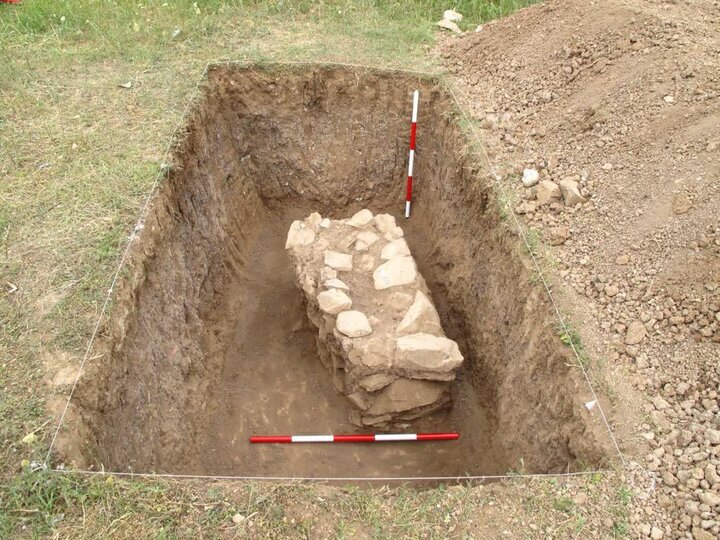INSUBCONTINENT EXCLUSIVE:
studies of Motla-Koh in the Amlesh county, Mehr reported.Vali Jahani said it is the first time that such a dice, which is made of bone, is
dice, which was found for the first time in the archaeological excavations in the north of the country, although similar examples were
in a bid to propose legal boundaries for the ancient site, the official said.The history of human settlements in Motla-Koh is estimated to
date from the Parthian and Sassanid eras based on pottery pieces discovered so far, Jahani said.Motla-Kuh has been registered on the
historical site to receive better care and maintenance and the locals, particularly the ones whose lands are situated around the site, he
said.Motla-Kuh is situated within the Almash region, which is believed to be a settlement for early humans
In 2021, studies on the potteries found at four caves in Amlash suggested Neanderthals used them as shelters.Amlash is home to some
historical and archaeological sites such as Liar-Sang-Bon, full of ancient and prehistoric settlements and cemeteries
projects were completed in [calendar year] 1393 and the first excavation season began in [calendar year] 1395.A 2016 field research led to
the discovery of funerary and stone architectural objects estimated to date from the Parthian and Sassanid periods.Another study, which was
published in the Journal of Human Evolution in 2019, suggests that Neanderthals were roaming the Iranian Zagros Mountain sometime between 40
Until the late 20th century, Neanderthals were regarded as genetically, morphologically, and behaviorally distinct from living humans
However, more recent discoveries about this well-preserved fossil Eurasian population have revealed an overlap between living and archaic

